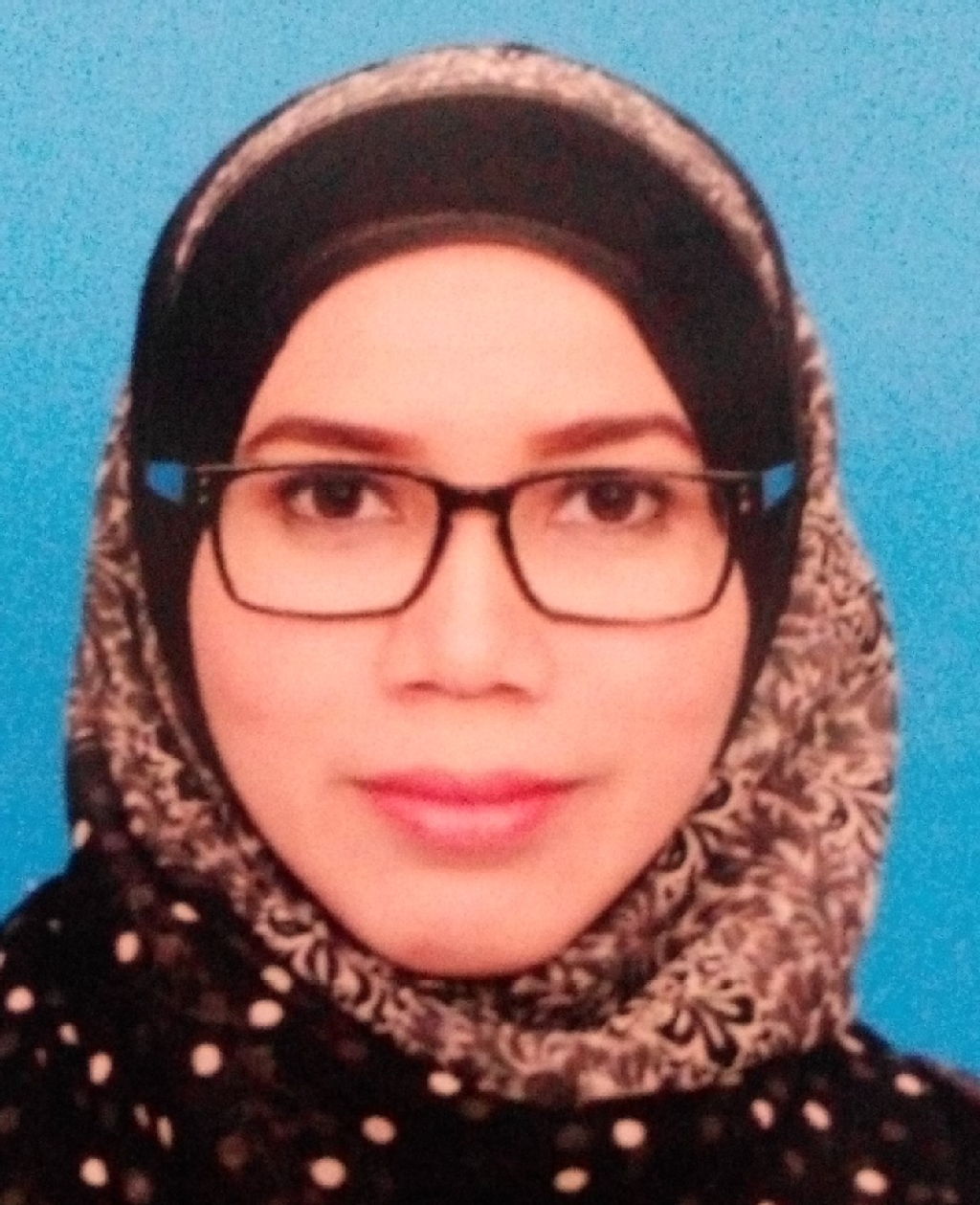ePortfolio of Siti Shuhaida Shukor
Welcome to My ePortfolio!
PhD Title:
Understanding Blended Language Learning through the Lens of Cultural Historical Activity Theory. A Case Study of a Malaysian Higher Education Institution.
Area of Interest:
Bended learning; activity theory; ESL teaching and learning, activity theory in blended learning
Supervisor:
Social Media links:
1) Researchgate
2) Universiti Pendidikan Sultan Idris
Abstract:
This study investigates the use of blended language learning in English Proficiency (EP) courses for higher education students in Malaysia. The programme being researched is a 14-week EP course at four different levels aimed at undergraduate students.
Each EP class has approximately 50 students. Teaching is face-to-face supported by an online ‘portal’, MyGuru, to provide a blended approach. The MyGuru portal has functionality for uploading, teaching and learning materials; constructing online quizzes and tests; forum discussions; and assignment submission. This functionality provides university teachers with the opportunity for extending learning outside the f2f classroom (for example by providing enforcement and new material using a mix of media); accuracy practice via online tests; and fluency practice via online discussion.
This study set out to evaluate the use of MyGuru in particular, and blended learning in general. A mixed methods design was used, involving a triangulation of surveys, interviews and observations. 300 questionnaires were administered to students from the 6 intermediate classes and 16 questionnaires to language teachers. 15 students, 7 teachers and 2 MyGuru support officers were interviewed and 2 classrooms were observed. Data obtained from the triangulated methods were then collated using an activity theory framework. Activity Theory (AT) has roots in social constructivism and sees human development and knowledge construction occurring through interaction. AT was developed by Engeström (1999) and others as Cultural Historical Activity Theory (CHAT). In brief, CHAT identifies an activity system as having elements of tool, subject, object, rules, community and division of labour. AT is particularly useful for examining relationships between people (in this case language teachers and learners) and technology use taking full account of the social context in which this relationship is enacted. In this study, AT allowed a focus on teaching objectives. Teachers were pragmatic, had instrumental goals but wanted to develop communicative competence which went beyond the curriculum. They saw MyGuru as a tool to help with reaching these objectives. For instance, students were encouraged to participate online for communicative purposes and try online exercises to reach instrumental goals. However, there were tensions within the activity system which limited the contribution of MyGuru. For example, there were issues in the technical functioning of the tool itself and the capacity of the community (teachers, students, support workers) to support its use. Some of the teachers’ objectives did not always match student learning objectives in which some had an instrumental orientation to language learning that led them to minimise their use of MyGuru. There was also a tension in terms of division of labour between teachers and support workers. A blended approach to learning has much to offer language teachers and may be seen as both a reinforcement of practice (or existing rules) with a potential for disruption leading to new practice. CHAT enables us to see this potential but also the tensions and constraints.
Keywords— activity theory; blended language learning; English as a second language; higher education; technology integration.
Papers publications, proceedings and conferences:
1) The Integration Of Multimedia Elements In Classroom Teaching Among TESL Teacher-Trainees (2010) - UTM Repository, Universiti Teknologi Malaysia.
2) Effects of Facebook Collaborative Writing Groups on ESL Undergraduates’ Writing Performance (2014) - International Journal of English Language Education, US.
3) ESL Students' Perceptions on the Use of Facebook as A Collaborative Writing Tool in Improving Writing Performance (2015) -ICELT Conference, Universiti Kebangsaan Malaysia.
4) ESL Students' Perceptions on the Use of Facebook as A Collaborative Writing Tool in Improving Writing Performance (2015) - The Asian Journal of English Language & Pedagogy, UPSI, Malaysia.
5) Making a Difference in Teaching Practice through the Use of Social Networking Site, Facebook as a Collaborative Writing Platform in ESL Classroom: Challenges and Opportunities - CES PG 2016 Conference, University of Warwick.
6) Exploring Blended Language Learning in the English Proficiency classroom at higher education institution in Malaysia through the lens of Engesterom's (1987) Activity Theory - PG Showcase, University of Warwick.
7) Understanding Blended Language Learning through the Lens of Activity Theory by Engeström. In Postgraduate Research Showcase (2017), University of Warwick, United Kingdom.
8) Understanding Blended Language Learning through the Lens of Activity Theory by Engeström (1987). In 5th CES Interdisciplinary Postgraduate Conference: ‘Education in a Changing World’ (CESPG, 2017), University of Warwick, United Kingdom.
9) Understanding Blended Language Learning through the Lens of Activity Theory in the 20th Warwick International Conference in Applied Linguistics (WICAL, 2017). University of Warwick, United Kingdom.
10) Blended Language Learning: A Case Study in a Malaysian Public University. In STORIES Conference: Technology Matters (2018). University of Oxford, United Kingdom.
11) A Cultural Historical Activity Theory Analysis of Blended Language Learning at Tertiary Level Context: A case study. In CES 6th Interdisciplinary Postgraduate Conference: ‘Education in Unequal Societies’ (CESPG, 2018), University of Warwick, United Kingdom.
12) Blended Language Learning: A Case Study of a University in Malaysia. SIG 10 and 21 Conference 2018 ‘Connecting Connected Minds. Capturing the Relevance of Social Interaction and Cultural Diversities in a Digitalized Media Ecology’ (EARLI SIG 10 and 21, 2018). University of Luxembourg, Luxembourg.

Siti Shuhaida Shukor
s dot shukor at warwick dot ac dot uk
